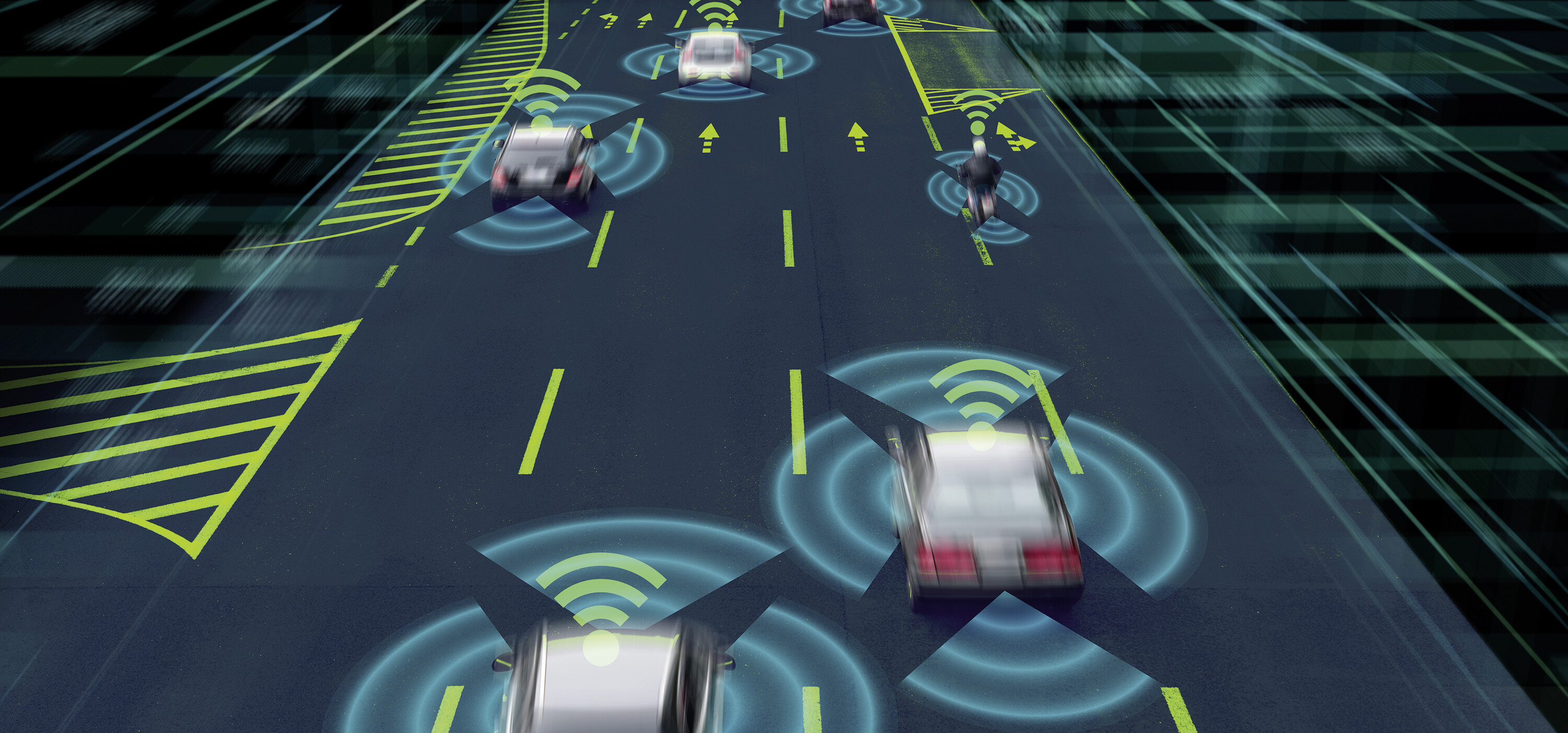
Vehicles that are connected with each other (Car-2-Car) and vehicles that are connected with the infrastructure (Car-2-Infrastructure) are more vulnerable to attacks from outside. Today's market-ready technology does not yet have any solutions on offer for autonomous driving, which represents one concept of future mobility. Within the framework of the research project for IT security and autonomous driving, measures to prevent or detect attacks are being researched as well as any suitable countermeasures. For this, in a first step, a threat analysis was carried out and a threat model was developed. This includes, for example, scenarios and information about threats and their occurrences. Threats are for example: Manipulations of the vehicle firmware of passenger cars in order to cause accidents, manipulations of passenger information to prevent the clarification of liability in the event of property damage, or the falsification of AI training data to degrade AI algorithms or the control of vehicles.
The challenges for the security authorities arising from the increase in numbers of autonomous vehicles are another area of focus. For example, new approaches to crime detection are being explored and methods for the traceability of decisions made by automated driving functions. The identification of approaches for validating driving functions and their traceability is to be brought in context with the legal requirements for digital traces and tools. The collection of approaches for validating driving functions and their traceability is to be contextualized with the legal requirements for digital traces and tools. Furthermore, the development of guidelines, for example on IT forensics, is planned specifically for the security authorities in Baden-Württemberg. The project was completed in 2025.
